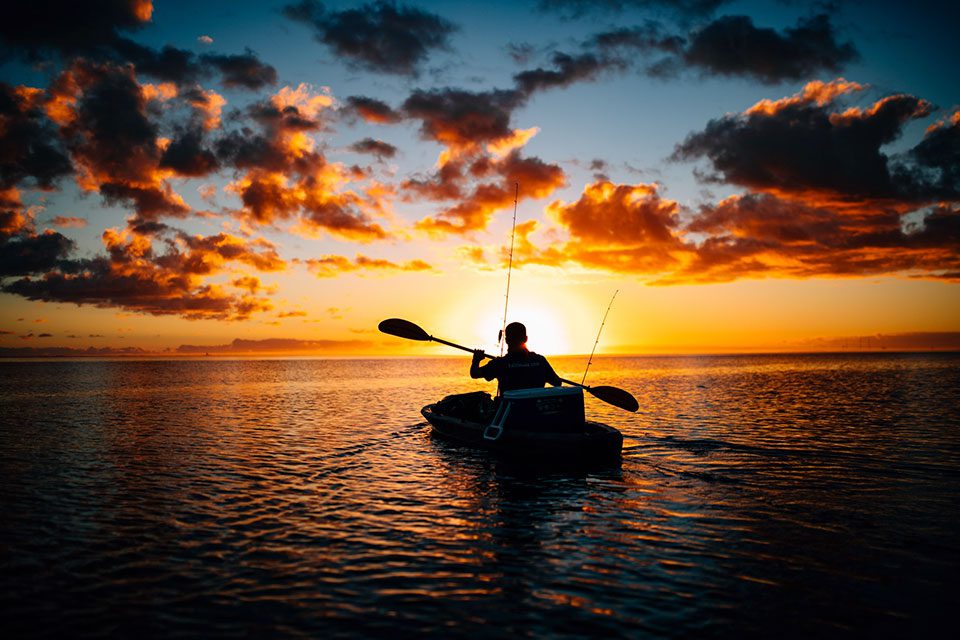By Jennifer Dawson
Despite being a relaxing activity for most, open water fishing has an inherent risk attached to it. According to a review of fishing-related mortality published in the American Journal of Industrial Medicine, there are anywhere from 20 to 147 deaths per 100,000 workers every year – and that’s on professional vessels. For amateurs, the risks may be even more pronounced. Consequently, it’s important to take reasonable steps to protect yourself before you head out into the water and start angling. This strategy encompasses steps you can take yourself, as well as helpful bits of equipment to secure your safety.
Learning to swim
The most important – and perhaps obvious – skill you need is the knowledge of how to swim. While it’s true that a life jacket will do most of the heavy work should you fall into the water or become stranded, it’s very important to be able to move around in the water and seek help. You would be surprised at the number of Americans who can’t swim – nearly 14 million adults – so there’s no shame in seeking lessons as an adult to get your abilities up to scratch. When learning, treat your training like you would fishing. Take it easy, take it slow, remember to learn the basics, and push yourself a little further every day. Having the ability to swim will give you independence in deep water that, if lacking, could result in injury on fishing trips. Having that physical independence is the first step in staying safe.
Preparing your equipment
Equipment will complement your personal safety skills and make the boat trip even safer. Some states mandate safety equipment of this type to ensure that you stay safe in their waters – for instance, if you want to fish in California, you will need life jackets, navigation lights, and adaptations to your vehicle varying on size. While other states might not mandate these measures, it’s a good idea to carry them anyway. Life jackets and navigation lights in particular can be really helpful, especially in foggy or night conditions. Your safety skills paired with the equipment to support them will mean that you’re prepared for any eventuality and can simply deploy common sense to make sure you don’t place yourself in any situation that could compromise your health. The final step to ensuring your safety when taking a fishing trip is to hone your technique in order to preserve the safety of you and the fish.
Fishing safely
All of your preparation will go out of the window if your technique or fishing habits are unsafe. Straight away, you should avoid overly high flows or high water temperatures which can make fish act erratically and impact on your fishing. Treating fish in a way that causes undue harm to them can cause them to become distressed, and with bigger species, this runs the risk of impacting on you. The National Parks Service recommend achieving this by doing single, fast attempts, and not overworking any caught fish if you can’t reel it in. Make sure that your fishing gear is fit for purpose for your intended catch by researching your fishing area before heading out. Be aware of your limitations, and be aware of what you’re likely to find on the end of your line.
Fishing is a relaxing and engaging experience, but it has some hidden dangers. Coastal fishing in particular can be risky due to being in open water. The trick to staying safe is appreciating the risk of the water and then making sure your fishing technique matches that caution.
